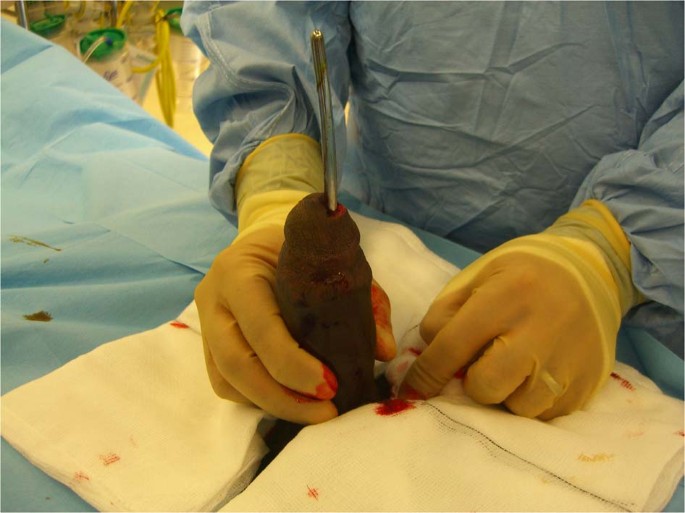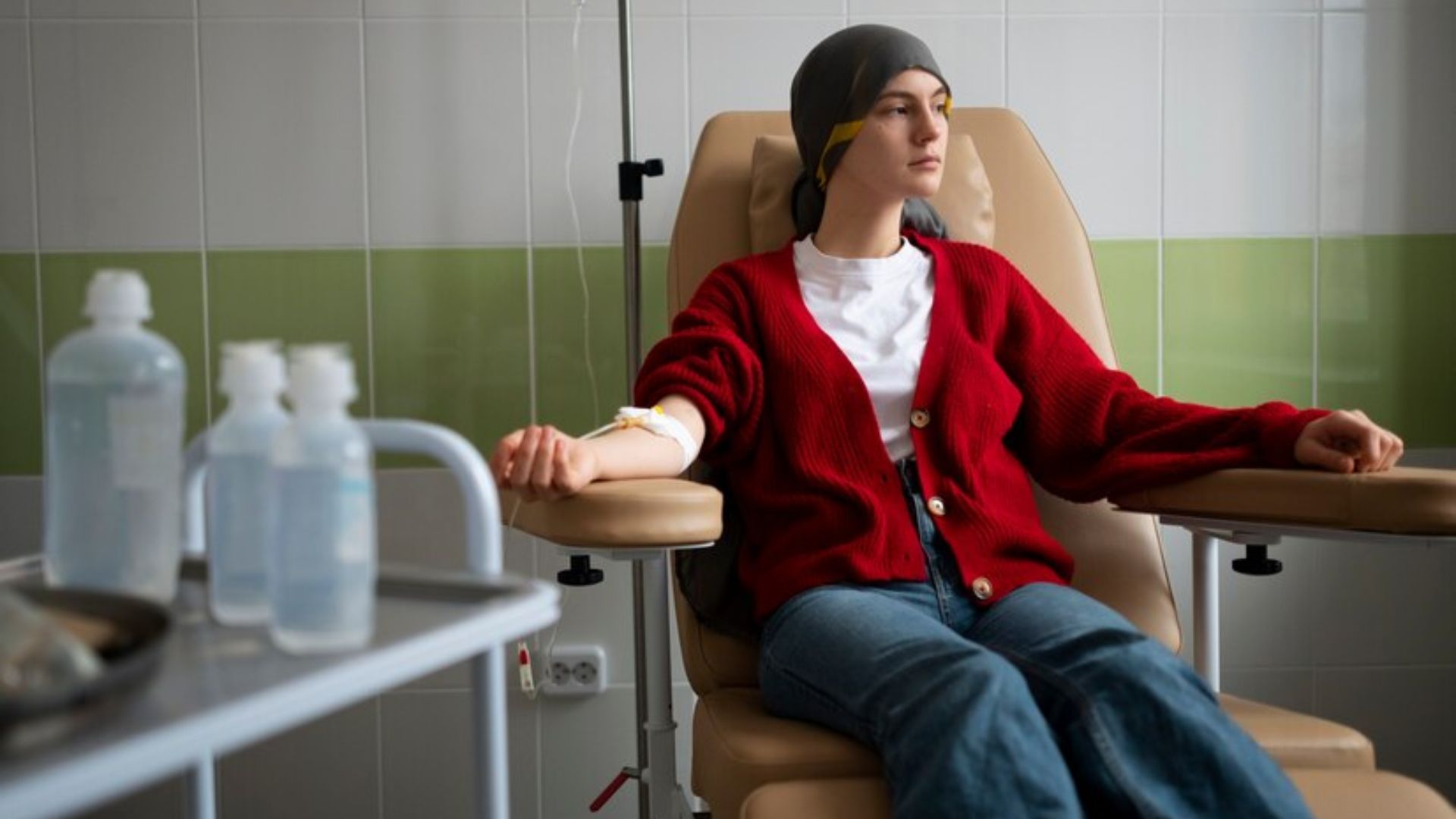Pink Eye Guide

Pink eye, also known medically as conjunctivitis, is a frequent eye condition that inflames the conjunctiva. The conjunctiva is the thin, clear tissue that covers the white part of your eye and lines the inside of your eyelid. This inflammation can cause redness, irritation, and discomfort in the eye.
Knowing about pink eye is important for a few reasons. Firstly, it’s a widespread condition that can affect people of all ages, from children to adults. Being familiar with the symptoms allows for early detection and treatment, which can help prevent the spread and ease discomfort. Secondly, while some forms of pink eye resolve on their own, others might require medical attention. Recognizing the different types can guide you towards the most appropriate course of action.
Also Read: Winter Skin Care Tips
Causes of Pink Eye
Pink eye, though seemingly straightforward, can arise from various culprits. Here’s a breakdown of the common causes:
Viral Infections: These are the most frequent cause of pink eye. Adenoviruses, the common cold culprits, are frequent offenders here. Symptoms often come on suddenly and affect one eye initially, with a watery discharge.
Bacterial Infections: Bacteria like staphylococcus and streptococcus can also spark pink eye. This type often produces a thicker, pus-like discharge and might affect both eyes.
Allergies: If your eyes get itchy, red, and watery when exposed to pollen, dust mites, or other allergens, you might be experiencing allergic conjunctivitis. This form is not contagious but can be quite bothersome.
Irritants: Exposure to smoke, chlorine in swimming pools, or even harsh shampoos can irritate the conjunctiva, leading to pink eye. This type usually clears up once the irritant is removed.
Symptoms of Pink Eye
Pink eye, despite its various causes, often shares some common symptoms. These can include:
- Redness and irritation in the eye(s): This is a telltale sign of inflammation and can range from mild to severe.
- Itching or burning sensation: This discomfort can be particularly bothersome in allergic conjunctivitis.
- Discharge (clear or colored): The type of discharge can offer clues to the cause. Viral pink eye typically produces a watery discharge, while bacterial infections might cause a thicker, pus-like discharge. Allergic pink eye usually has minimal discharge, if any.
- Swelling of the eyelids: This can make your eyes feel heavy or puffy.
- Sensitivity to light: Bright lights can feel uncomfortable or even painful with pink eye.
However, the nuances of these symptoms can sometimes help differentiate the type of pink eye:
- Viral Pink Eye: Often starts in one eye and spreads to the other. Watery discharge is common. You might also experience cold-like symptoms like a sore throat or runny nose.
- Bacterial Pink Eye: Usually affects both eyes from the get-go. Thick, pus-like discharge is a hallmark. This type might be more painful compared to viral pink eye.
- Allergic Pink Eye: Itchy eyes are a major giveaway here. Discharge, if present, is usually clear and watery. Symptoms often occur seasonally or in response to specific allergens.
If you’re unsure about the cause of your pink eye, consulting a healthcare professional is always recommended for proper diagnosis and treatment.
Also Read: Healthy Diet for Kids
Is Pink Eye Contagious?
Pink eye isn’t always a solo act. Viral and bacterial conjunctivitis, the most common types, are highly contagious, meaning they can easily spread from person to person. Here’s how it happens:
Direct Contact: This is the most common mode of transmission. Touching your eyes and then shaking hands with someone, sharing makeup or towels, or even close face-to-face contact can spread the germs.
Contaminated Objects: The virus or bacteria can linger on surfaces like doorknobs, tissues, pillowcases, or eye drops if someone infected touches them. Coming into contact with these objects and then touching your eyes can transmit the infection.
Respiratory Droplets (Viral only): When someone with viral pink eye coughs or sneezes, tiny droplets containing the virus can travel through the air and infect someone else’s eyes if they come in close contact.
These factors make pink eye particularly common in places where there’s close contact between people. Schools, daycare centers, shared offices, and even families at home are breeding grounds for the spread of contagious pink eye.
For example, a child with viral pink eye at school might rub their itchy eye and then touch a shared toy. Another child playing with the same toy and then touching their eye could easily become infected. Similarly, sharing a towel with someone who has bacterial pink eye can transfer the bacteria to your eyes.
Treatment for Pink Eye
The good news is that most cases of pink eye clear up on their own within a few days or weeks. However, the treatment approach depends on the underlying cause:
Viral Pink Eye: As there’s no specific cure for viral infections, treatment for viral pink eye focuses on managing the symptoms and promoting comfort. Artificial tears can help soothe irritation and dryness, while cool compresses applied to closed eyelids can reduce redness and inflammation. Over-the-counter pain relievers like ibuprofen can also help manage any discomfort. Generally, viral pink eye resolves within a week or two.
Bacterial Pink Eye: This type requires a different approach. Here, antibiotics come into play. Your doctor will likely prescribe antibiotic eye drops or ointments to target the specific bacteria causing the infection. Following the prescribed dosage and duration of treatment is crucial to ensure complete eradication of the bacteria and prevent recurrence.
Allergic Pink Eye: If allergies are the culprit, antihistamines can be helpful. These medications work by blocking the release of histamines, chemicals produced by the body during an allergic reaction, which can alleviate itching and redness. In some cases, your doctor might prescribe specialized anti-inflammatory eye drops to further reduce inflammation.
Seeking Medical Attention:
While some cases of pink eye might seem like minor inconveniences, it’s important to consult a healthcare professional if you experience:
- Severe pain or discomfort in the eye
- Changes in vision, like blurry or cloudy vision
- Sensitivity to light that significantly impacts your daily activities
- Symptoms that worsen or don’t improve within a few days of home care
- Symptoms in a newborn baby
Early diagnosis and proper treatment can prevent complications and ensure a speedy recovery.
Also Read: Home Remedies
In Crux
Pink eye, though a common condition, can cause significant discomfort and disrupt your daily life. Thankfully, with proper hygiene and knowledge, you can minimize your risk of contracting it and manage symptoms effectively.
- Practice good hand hygiene: This is the golden rule! Wash your hands frequently with soap and water, especially after being in public places, before touching your eyes, and after applying any eye drops or ointments.
- Avoid sharing personal items: This includes towels, washcloths, eye makeup, and applicators.
- Dispose of tissues properly: After use, discard tissues immediately and wash your hands.
- Disinfect surfaces regularly: This is particularly important in shared spaces like bathrooms or kitchens.
Remember, if you experience any concerning symptoms or your pink eye doesn’t improve with home care, consulting a healthcare professional is always recommended. They can diagnose the specific cause, recommend the most appropriate treatment, and ensure a speedy recovery.
How much did you like Our detailed Pink Eye: Causes, Symptoms? Please share your view in the comment box. Also, please share these Blogs with your friends on social media.
Recommended














